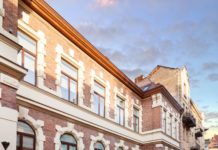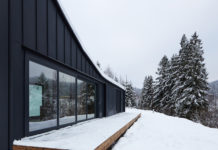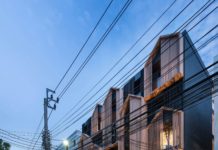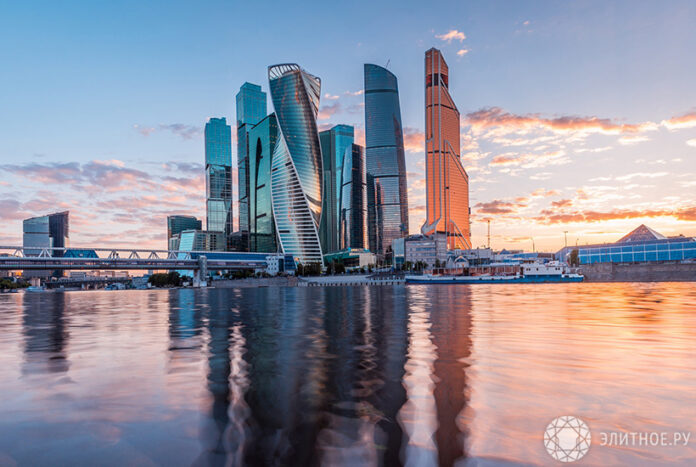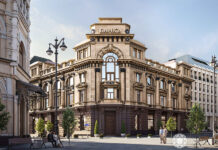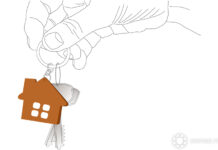How the new business district was seen by its author Boris Tkhor and how the City turned out as a result
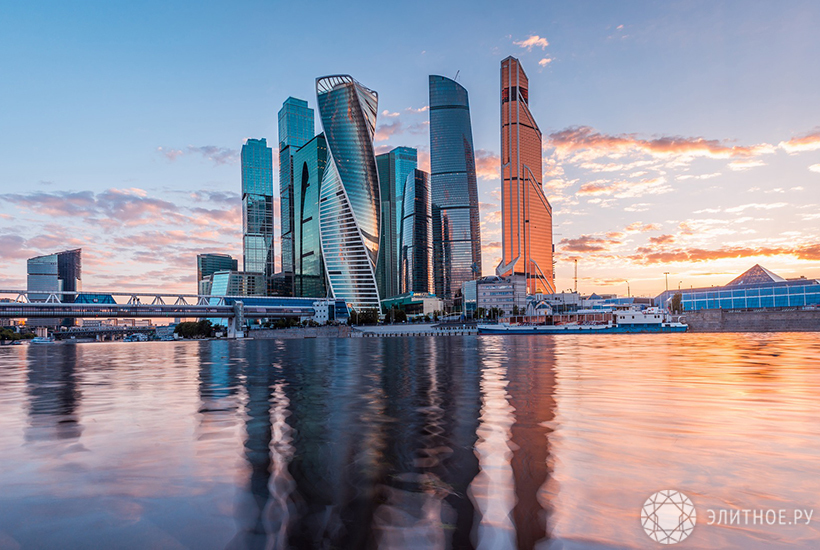
More than thirty years have passed since the creation of an international business center was conceived in the capital. To date, 12 skyscraper complexes have already been built in Moscow City, and four more will appear by the end of the decade. A shopping and entertainment center has been opened. Several metro stations and highways lead here. Glass towers, which can be seen from different parts of the city, have already become one of its calling cards. We will talk about how the author saw the new business district and how the City turned out.
The initial concept of the Moscow City business center
The history of Moscow City began simultaneously with the modern history of Russia. The country opened up to the world, and a large business center was needed to attract foreign business. In 1991, the architect Boris Thor suggested that the Moscow authorities build skyscrapers for this purpose on the site near the Expocentre. So they wanted to reduce the load on the historical center. The site occupied 100 hectares of the industrial zone. As far back as the 14th century, there was a quarry on this site, where limestone was mined for the white-stone Moscow. As conceived by the author, a park is laid out in the center of the plot, a parking lot is equipped under it and a transport highway is created with wiring to the parking lots of the towers. Skyscrapers are being built around the green zone in a U-shaped arc. Their height increases in a spiral, culminating in the 118-story tower “Russia”, the highest in Europe.

Officials approved the idea immediately, but investors were in no hurry at first. Ten years passed before the first building was handed over – the 32-story Tower 2000. To complete it, the Moscow government had to buy out the rights and attract a dozen investors to various floors. Unlike other skyscrapers of the City, it stands on the right bank of the Moskva River and is connected to the main part by the Bagration bridge. But at the beginning of the new millennium, when the economy began to grow, plots began to be actively bought up. A large-scale construction began. Even too large.
What kind of “City” turned out
The implementation of the original project on the “Tower 2000” and the bridge “Bagration” and ended. Each project had its own architects. In addition, developers began to greatly increase the volume and height of their skyscrapers. Then two problems were revealed at once: the lack of engineering and transport communications, which were originally laid down with a margin. At this time, Sergei Sobyanin, then still a candidate for the post of mayor of the capital, even called the “City” an urban planning mistake. Problems had to be solved after the fact. In 2007, we completed the first complex on the left bank – the Naberezhnaya Tower, which includes three buildings up to 59 floors high. A year later, the 27-storey North Tower was completed. In 2011, the pace accelerated sharply, and over the next nine years, nine complexes were completed, including not only offices, but also apartments.
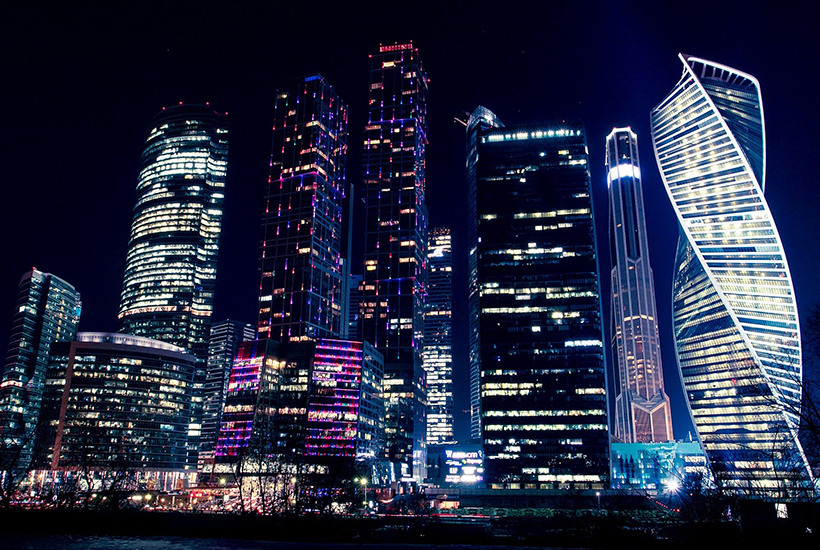
The tower “Russia” was never destined to appear, Neva Towers was built instead. They also planned to create a 72-storey city hall building with an M-shaped roof, and now it is the Moscow Towers complex under construction. Although the mayor’s office somehow entered the City, its departments simply spread out over different towers. Instead of a park in the center, the Afimall City shopping center, a cinema and concert hall and a hotel appeared. Under them, in the underground part, there are vestibules of the metro stations Vystavochnaya, Delovoy Tsentr on the Solntsevskaya Line and Delovoy Tsentr on the Bolshaya Koltsevaya Line and transitions to neighboring buildings. Also, the IQ-quarter terminal complex includes the lobby of the Mezhdunarodnaya metro station.
City has been completed for the most part. And the mayor has already begun to call the business center “the main taxpayer of the city.” Although there is no trace of many ideas, including an integrated approach, the skyscrapers have become a kind of exhibition. Using them, you can trace the history of how Russian high-rise construction developed, and see how each project surpasses the previous one. Although somewhat chaotic, but the new business district turned out to be truly alive. After all, it is here that you can feel the pulse of a large metropolis.
there is a channel in Telegram.
Subscribe!


